May 24, 2025
Author:Lisa Martinez

Have you noticed changes in your cat and wondered if she might be having kittens? Learning the early signs a cat is pregnant early can help you take better care of her. A cat is usually pregnant for about 63 to 67 days. If you spot the signs in the first few weeks, you can start feeding her well, make a quiet and warm space for her, and get ready for the birth.
In this guide, you will learn to recognize both physical and behavioral clues, know when to visit a vet, and prepare your home for the new arrivals. Caring for a pregnant queen brings both practical needs and heartwarming moments—this article will help you give her the best start.
Cats are seasonally polyestrous, meaning they cycle into heat every 10–21 days when daylight increases. A young queen can experience her first estrus as early as four to six months. During heat, she may yowl, roll on the floor, raise her hindquarters, and display a swollen vulva. If she encounters a fertile tom during this window, sperm can fertilize eggs within hours, and pregnancy begins almost immediately.
Spotting the early signs a cat is pregnant starts with understanding this cycle. Without spaying, a female can produce up to four litters per year, each averaging four to twelve kittens.
By weeks two to three, you may notice the first signs a cat is pregnant. These physical cues include nipple changes, steady weight gain, a rounded belly, and even mild queasiness. Here’s how to watch for each:
Around days 15–20, a queen’s nipples often become larger and take on a rosy hue. This 'pinking up' happens as blood flow increases and milk ducts prepare for nursing. In light-coated cats, watch carefully for the deeper pink tone against pale skin. In darker cats, gently part the fur—no pressure needed—to inspect for swelling. Spotting this early clue helps you act before her nutritional needs rise.
By week three or four, she should gain roughly one pound, reaching a total of two to four pounds by term. Track her weight weekly on a home scale. If she already carries extra pounds, focus on body shape: look for a gentle bulge above her hips rather than fat deposits around her shoulders. Keeping a growth chart or using an automatic feeder for precise portions can help distinguish healthy pregnancy weight from obesity.
By day 35–40, her belly will look noticeably round—often described as a 'kitten pot.' Avoid prodding or pressing, as the fetuses are sensitive. Instead, observe how her silhouette changes from a lean waist to a curved profile. Provide soft bedding and lower perches so she can rest without straining to jump.
Some queens experience mild vomiting or appetite dips around weeks three to four, mirroring human morning sickness. Offer bland, high-protein meals—like plain boiled chicken or kitten-formula wet food—in small, frequent servings. Watch that she stays hydrated; a cat water fountain can encourage drinking. If vomiting becomes severe or she shows signs of dehydration (lethargy, sunken eyes), consult your vet.
Each of these signs a cat is pregnant appears on its own timeline. Together, they form a clear picture that you can use to prepare her proper care.
Alongside physical changes, behavior offers another layer of signs a cat is pregnant. Hormonal shifts prompt queens to adjust their habits in ways you can easily spot:
Pregnant cats often seek extra cuddles and attention. She may purr louder, follow you room to room, or press against your legs more frequently. These gestures reflect rising progesterone levels and early maternal drive. Embrace the snuggles—but also respect her space when she retreats.
About one to two weeks before due date, she’ll scout quiet, secluded spots—like closets, under beds, or in laundry baskets—and gather soft items. She might paw at blankets or arranges towels into a makeshift nest. Prepare a spacious box (about 16″ x 24″) lined with clean, washable towels. Place it in a calm corner away from household traffic. Keep the area free of hazards and only change the bedding when absolutely needed to avoid disturbing her process.
Mid-pregnancy, her calorie needs jump by up to 50%. She may seem perpetually hungry and finish her meals faster than usual. Switch to a high-calorie kitten diet by week four, dividing food into four to six small servings per day. A timed feeder can automate this schedule.
Early on, she may nap more as her body works overtime developing kittens. Later, she may be restless as nesting takes over. Provide both high and low resting spots, and limit strenuous play. If she seems overly fatigued or hides constantly, keep an eye out for complications and contact your vet.
Behavioral cues round out the physical changes and give you confidence that the signs a cat is pregnant are genuine.
While your observations are vital, a vet visit offers confirmation and ensures both queen and kittens are healthy. Here’s what to expect:
Make an appointment around day 21 if you note early signs a cat is pregnant. Early checks rule out pseudopregnancy—when a cat shows false pregnancy symptoms—and identify any risks. First-time mothers, older queens, or cats with health histories benefit most from prompt uation.
● Palpation: Between days 17–25, a skilled vet can feel small, grape-like swellings along the abdomen.
● Ultrasound: From day 15, ultrasound can detect fetal heartbeats and confirm viability. It won’t always give an exact kitten count but offers early reassurance.
● X-Rays: After day 40, skeletal structures appear on radiographs, allowing precise litter-size estimates—crucial if you need to prepare for large litters.
The vet will also review her vaccination status, deworming history, and overall health. If any blood tests or parasite treatments are due, they can schedule them safely. Confirming the signs a cat is pregnant with professional diagnostics helps you plan nutrition, birthing supplies, and emergency care.
Once confirmed, your focus shifts to nutrition, environment, and health monitoring. Detailed care now ensures a smooth pregnancy and healthy kittens.
Kitten food provides higher protein, fat, and essential vitamins. By week four, fully transition to a high-calorie formula. Feed four to six small meals daily to avoid crowding her stomach. If she turns up her nose at dry kibble, soften it with warm water or mix in a bit of wet food. An automatic feeder can help maintain consistent portions when you’re busy.
● Nesting Box: Use a sturdy box at least 16″ x 24″. Line it with smooth, lint-free towels.
● Quiet Space: Choose a room with minimal noise and activity, away from other pets or loud appliances.
● Hydration Stations: Place multiple water sources—bowl and fountain—so she never needs to travel far. Read up on hydration hacks to keep her fluid intake high.
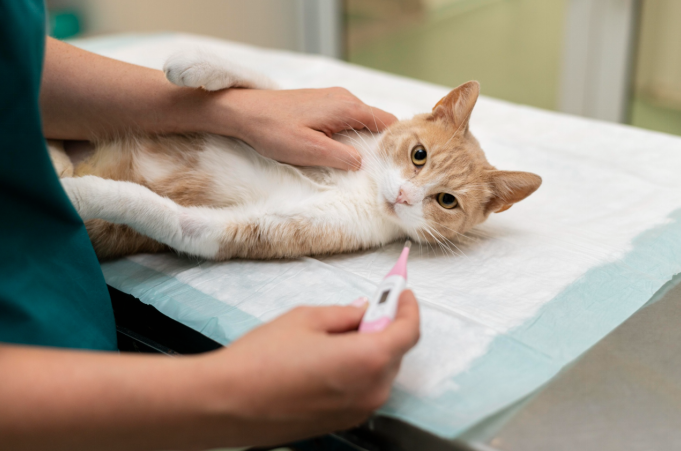
● Vaccinations & Parasite Control: Administer core vaccines and deworming before breeding. After conception, avoid non-essential treatments unless your vet clears them.
● Flea Prevention: Flea bites can stress the queen and transmit diseases. Use vet-approved products safe for pregnancy. Learn more about flea management so you act early.
● Monitoring: Watch for troubling signs—green or bloody discharge, refusal to eat, extreme lethargy. If she shows any of these, seek immediate veterinary care.
By meeting her nutritional and environmental needs while staying to health issues, you support both mother and kittens through every trimester.
As your queen nears term, these final steps ensure you’re ready when labor begins:
● Temperature Checks: Starting a week before her due date, take her rectal temperature each morning. A drop to around 100°F often means birth will follow in 12–24 hours.
● Labor Supplies: Keep clean towels, a bulb syringe, and a scale on hand to clear airways and weigh kittens after birth.
● Litter Box Proximity: Place her box near the nesting area so she can relieve herself without leaving her kittens too long. Use low-sided litter pans for easy access.
● Post-Birth Care: Ensure each kitten latches within the first two hours. Track their daily weight gain with a kitten feeding schedule. Prepare to contact your vet if any kitten fails to nurse or seems weak.
With these preparations, you’ll greet the new arrivals confidently and provide immediate care as they take their first breaths.
Recognizing these signs a cat is pregnant—from pinking up to nesting—lets you act early for your queen’s comfort and safety. Always get a vet’s confirmation, adjust her diet, and prepare a calm space for birth. Spaying after weaning helps prevent future unplanned litters. With the right care and attention, you and your cat will enjoy this rewarding journey. Have questions or experiences? Share them in the comments or reach out to your veterinarian for tailored guidance.
Label:
Popular Post
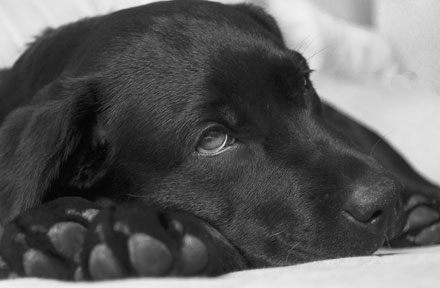
What to Feed a Sick Dog With No Appetite? [2025 Guide]
May 16, 2023
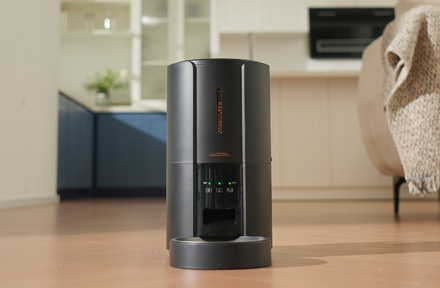
Troubleshooting Common Issues with Automatic Pet Feeders: Tips & Tricks for Pet Owners
Oct 26, 2023
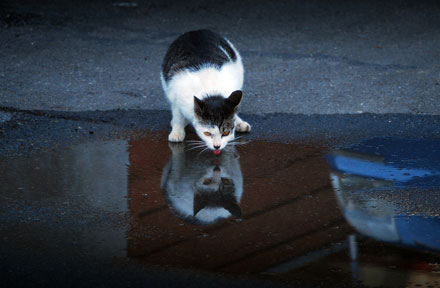
Why Does My Cat Cough After Drinking Water? 8 Potential Reasons
Mar 13, 2023
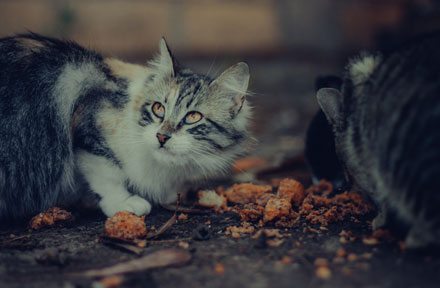
My Cat Only Eats A Little at A Time - What to Do?
Feb 27, 2023
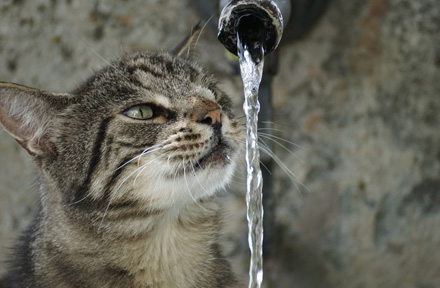
Why is My Cat Throwing up Water? Top 5 Causes Here
Feb 08, 2023
$99.99
$129.99
Copyright © 2025 WOPET. All Rights Reserved.